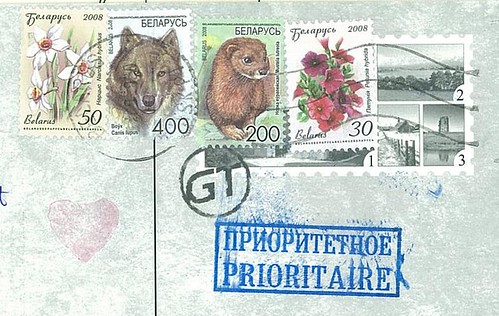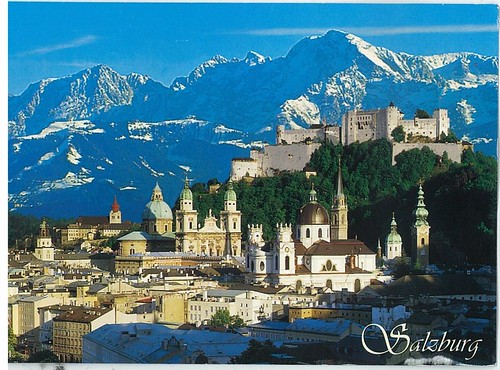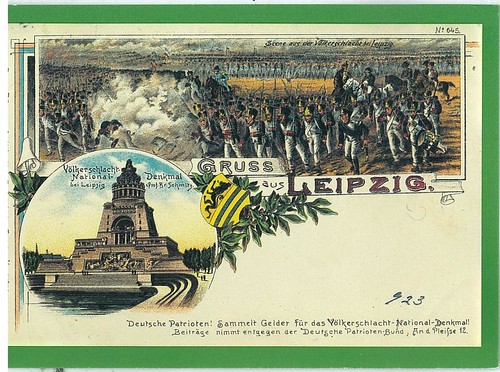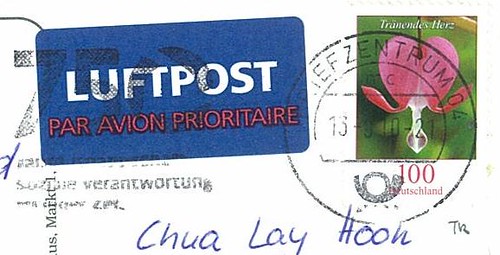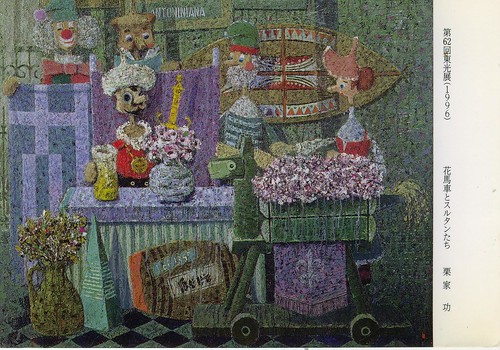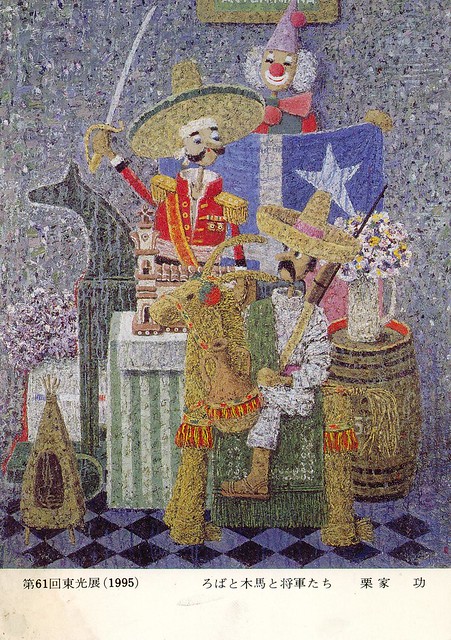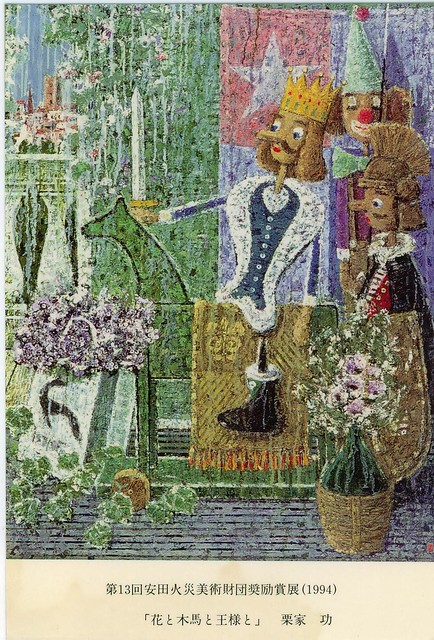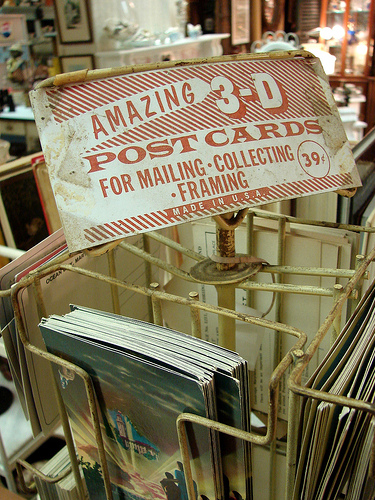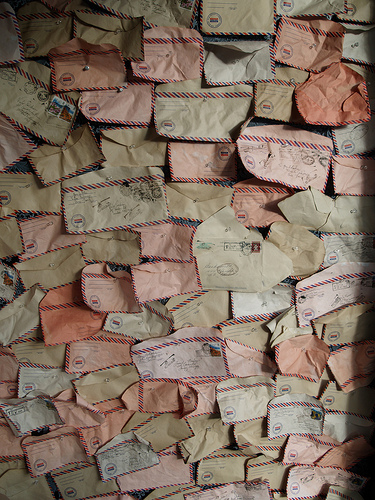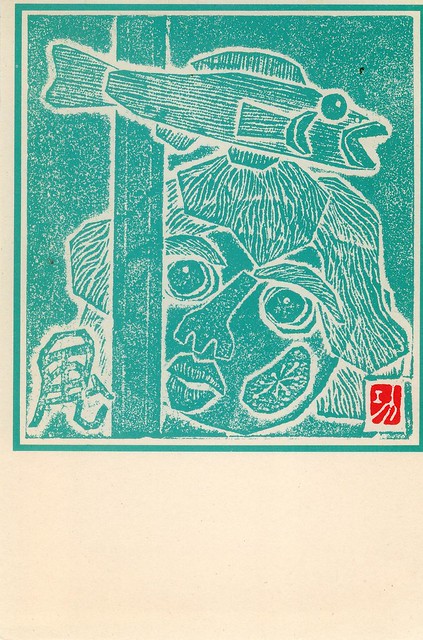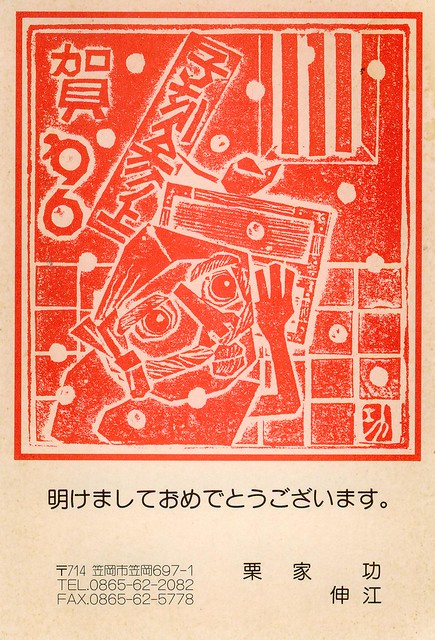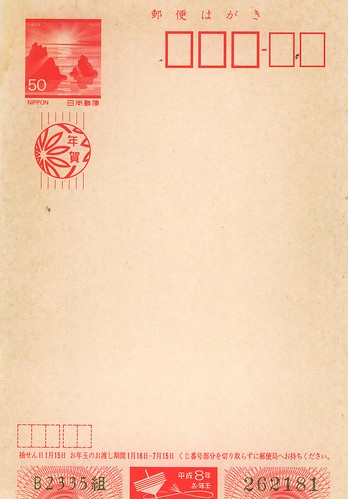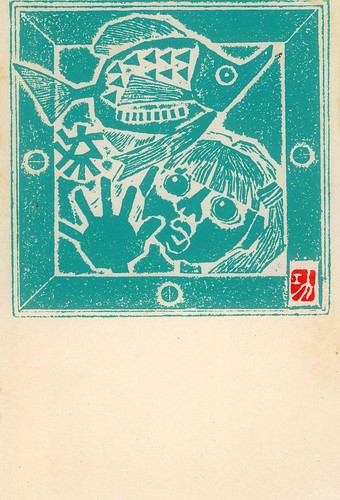Thursday, September 30, 2010
Tuesday, September 28, 2010
Multiview of Belarus
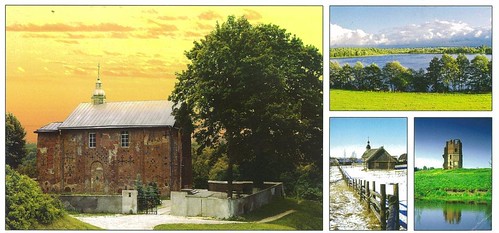
UNESCO site in Belarus. The SS. Boris and Gleb (Kalozha) Church in the city of Hrodna was built in 1180s by architect Pyotr Milaneh on the high right bank of the river Nieman, opposite the Castle Hill, in the territory of the former Kalozha settlement.
On the right top : Lake Naroch
Lake Narach (Naroch) is a lake in North-West Belarus. It is the largest lake in Belarus (before 1939 Narocz was the largest lake of Poland).
On the right bottom : The castle ruins in Smoliany
On the right top : Lake Naroch
Lake Narach (Naroch) is a lake in North-West Belarus. It is the largest lake in Belarus (before 1939 Narocz was the largest lake of Poland).
On the right bottom : The castle ruins in Smoliany
Monday, September 27, 2010
Las Vegas, Nevada


Susan wrote that Las Vegas is one of the favorite tourist attractions in the west part of USA. There a lots of hotels that are thematic. One hotel has an Egyptian theme, another has an Italian theme. The restaurants are great as well as the casinos in the hotels.
Thursday, September 23, 2010
Salzburg, Austria
Salzburg's "Old Town" (Altstadt) with its world famous baroque architecture is one of the best-preserved city centres north of the Alps, and was listed as a UNESCO World Heritage Site.
The city is noted for its Alpine setting.
Salzburg was the birthplace of 18th-century composer Wolfgang Amadeus Mozart.
Wednesday, September 22, 2010
Monday, September 20, 2010
Cocoa / Chocolate

* Assortment of tins of Cocoa, dating between the wars.
For over 3000 years, Chocolate…like gold, has had a universal appeal.
Chocolate, derived from the seed of the cocoa tree, was used by the Maya Culture, as early as the Sixth Century AD. Maya called the cocoa tree cacahuaquchtl… "tree," and the word chocolate comes from the Maya word xocoatl which means bitter water.
To the Mayas, cocoa pods symbolized life and fertility... nothing could be more important! Stones from their palaces and temples revealed many carved pictures of cocoa pods
The Mayans and the Aztecs recognised the value of cocoa beans both as a drink ingredient and as currency.In both the Mayan and Aztec cultures cocoa was the basis for a thick, cold, unsweetened drink called xocoatl… believed to be a health elixir. Since sugar was unknown to the Aztecs, different spices were used to add flavor, even hot chili peppers and corn meal were used!
Aztecs believed that wisdom and power came from eating the fruit of the cocoa tree, and also that it had nourishing, fortifying, and even aphrodisiac qualities. The Aztec emperor, Montezuma drank thick chocolate dyed red. The drink was so prestigious that it was served in golden goblets that were thrown away after only one use. He liked it so much that he was purported to drink 50 goblets every day!
The cocoa beans were used for currency… records show that 400 cocoa beans equaled one Zontli, while 8000 beans equaled one Xiquipilli. When the Aztecs conquered tribes, they demanded their payment in cocoa!
Tags: Cocoa | Chocolate | Mayan | Aztec | cocoa beans | history cocoa
Friday, September 17, 2010
More Japanese Art Postcards
Friday, September 10, 2010
Thursday, September 9, 2010
Japanese Art Postcards
I found this set of postcard from a junk bookstore.
Such oriental feel
May be it's sort of series New Year Japanese Postcard
Such oriental feel
May be it's sort of series New Year Japanese Postcard
(At the back)
Subscribe to:
Posts (Atom)

